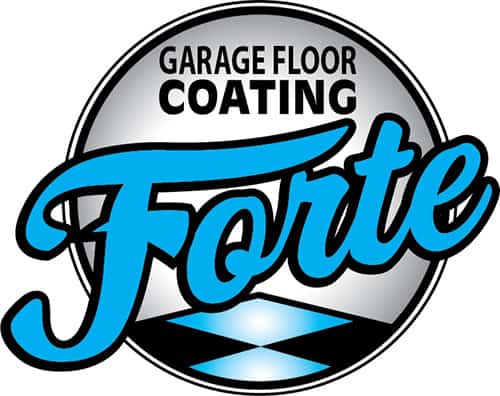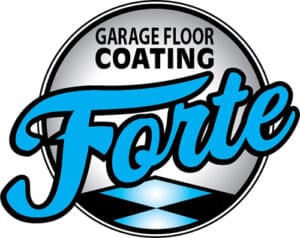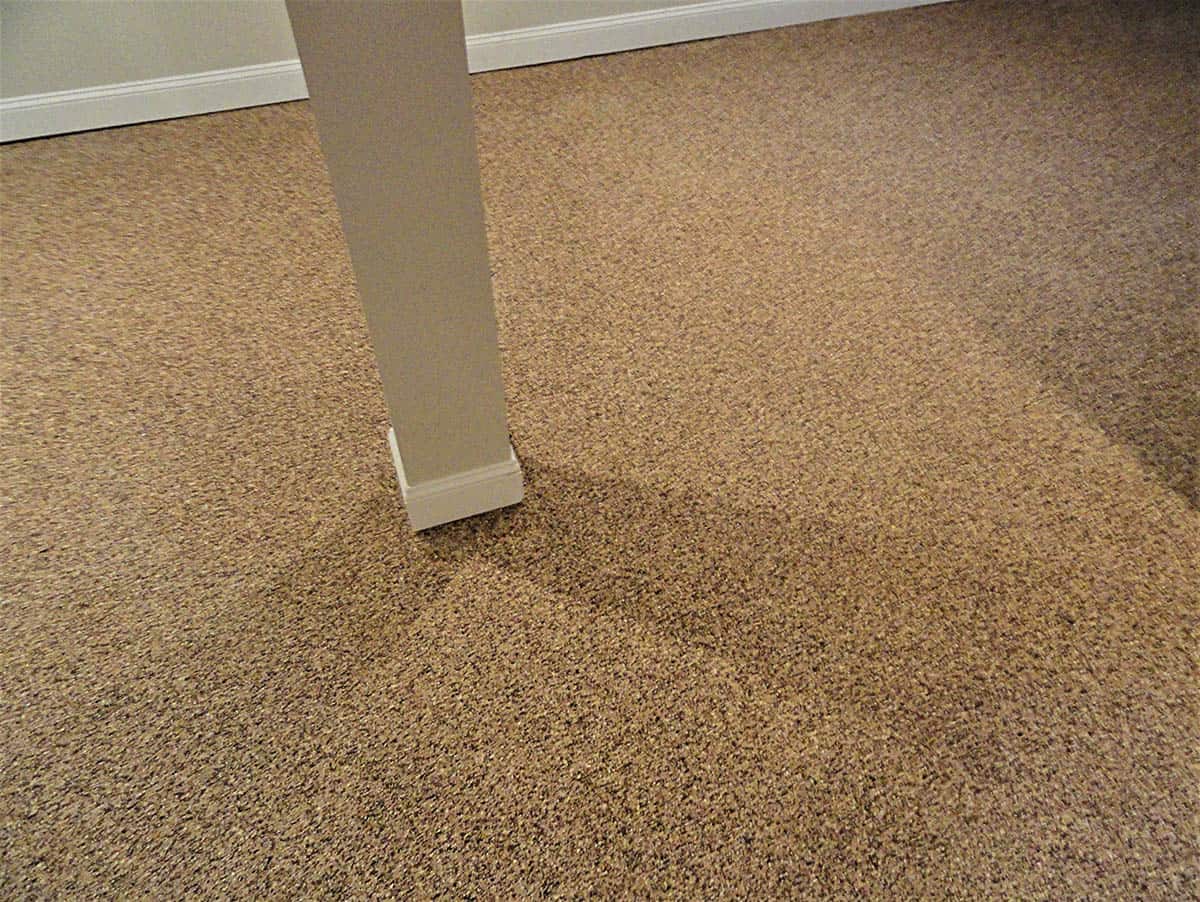If you ever notice a musty odor in your basement, that can be a telltale sign of moisture vapor emission. This can cause a variety of problems. Not only is the damage unsightly, it can pose major health risks. Moisture vapor emissions can create environmental hazards for both people and pets. However, moisture is not the only hazard the environment poses to human health. In this blog, we will also explore another hazard, radon.
Sick Building Syndrome
Sick building syndrome (SBS) can occur when health hazards persist in a building. Commonly, buildings suffering from SBS cause the occupants to have symptoms such as headaches, fatigue, and respiratory issues. Generally, these symptoms fade upon spending time outside the building. Conversely, symptoms get worse when one spends long periods of time in that space.
SBS is caused by indoor air quality (IAQ) issues, which can stem from certain hazards the environment poses to houses. These environmental hazards, such as moisture and radon, can be devastating to the health of a building and its occupants if left untreated. Unfortunately, it is also a relatively common problem in both commercial and residential spaces.
When left unchecked, issues that cause SBS can damage homes in ways that require expensive repairs. Therefore, it is best to take mitigating actions to address issues before they become serious and threatening to your health. One such mitigating factor, as we will discuss, is an epoxy floor coating.
Environmental Hazards: Moisture
Moisture poses many health risks. Microorganisms and mold thrive in moist environments, posing hazards to your health. Commonly, occupants of houses with moist spaces face increased risk of respiratory diseases, headaches, fatigue, and even certain infections caused by mold. Additionally, moist areas attract other pests, which can carry even more diseases.
To make matters worse, excessive moisture causes structural issues for the whole building. Generally, moisture is hazardous to structures not built specifically to mitigate the effects of moisture. These hazards include rot and structural instability. Moisture can also crack and wear away concrete over time.
One can tell if there is excessive moisture in their home through a few methods. The most obvious is a musty smell. Moist areas cause this scent, and it is an indicator that it is becoming an issue and breeding mold. Another way is to test moisture levels using tools. Tramex is a brand of moisture level tool. Another indicator of too much moisture is efflorescence on your concrete. Efflorescence is the accumulation of white salts on your concrete caused by moisture and vapors from the ground. As these vapors pass through the concrete, they deposit the salts over time.
In numerous areas around the world, moisture is very prevalent in the ground. Because of this, it is a major factor in how homes are built and protected. This is an issue that generally starts with the floor and foundation, and can be mitigated with an epoxy floor coating. They do this by preventing vapors and moisture from penetrating the concrete.
See our blog about hydro epoxies, epoxies that can be applied in moist spaces.
https://www.fortegaragefloorcoating.com/moisture-mitigating-epoxy/
Environmental Hazards: Radon
Radon is thought about more than moisture when it comes to building issues, but it poses massive risks nonetheless. It is a massive environmental hazard. Radon is a radioactive gas created as radioactive metals in the earth decay over time. It is colorless, odorless, and tasteless, making it impossible to detect without instruments designed for that purpose. It is a dense gas that accumulates in enclosed spaces like basements and crawl spaces. Radon exposure is the second leading cause of lung cancer after smoking. This is because the particles in radon damage lung tissue over time.
Radon generally enters houses due to the difference in pressures between the interior of the house, and the ground around it. As a result, radon travels from the higher pressure areas to the low pressure spaces in the home. The low pressure areas are caused by exhaust fans and dryers. When air is pushed out of the house, air is drawn in to replace it, commonly from the ground around the house. This new air brings other gasses, such as radon, with it.
Radon test kits are available online and in hardware stores. If you find radon in your home, do not hesitate and call a radon specialist. There is a possibility a removal system needs to be installed to address the issue. For more information about radon and mitigating factors that can be taken, visit https://radonawareness.org/.
There is an additional thing you can do to mitigate the risk of radon: seal your floor with an epoxy floor coating. Epoxy floor coatings mitigate the amount of radon that gets through the concrete. The better the floor is sealed, the better the radon mitigation.
In Conclusion
Both radon and moisture are environmental hazards that can negatively affect the health of a building and its occupants. While there are many methods to mitigate both, a fantastic way to mitigate the effects of both at once is an epoxy floor coating. Not only is it stylish, and sure to increase the value of your home, but it will also increase the quality of your health and life in the long run.


